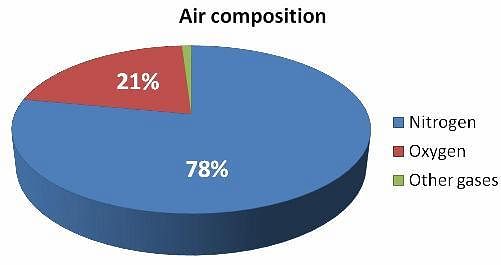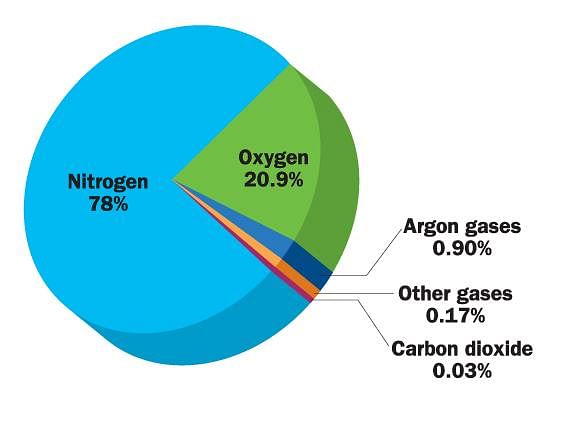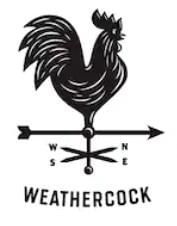CTET & State TET Exam > CTET & State TET Tests > Science & Pedagogy Paper 2 for CTET & TET Exams > Test: Natural Resources - CTET & State TET MCQ
Test: Natural Resources - CTET & State TET MCQ
Test Description
30 Questions MCQ Test Science & Pedagogy Paper 2 for CTET & TET Exams - Test: Natural Resources
Test: Natural Resources for CTET & State TET 2025 is part of Science & Pedagogy Paper 2 for CTET & TET Exams preparation. The Test: Natural Resources questions and answers have been
prepared according to the CTET & State TET exam syllabus.The Test: Natural Resources MCQs are made for CTET & State TET 2025 Exam. Find important
definitions, questions, notes, meanings, examples, exercises, MCQs and online tests for Test: Natural Resources below.
Solutions of Test: Natural Resources questions in English are available as part of our Science & Pedagogy Paper 2 for CTET & TET Exams for CTET & State TET & Test: Natural Resources solutions in
Hindi for Science & Pedagogy Paper 2 for CTET & TET Exams course. Download more important topics, notes, lectures and mock
test series for CTET & State TET Exam by signing up for free. Attempt Test: Natural Resources | 30 questions in 30 minutes | Mock test for CTET & State TET preparation | Free important questions MCQ to study Science & Pedagogy Paper 2 for CTET & TET Exams for CTET & State TET Exam | Download free PDF with solutions
Test: Natural Resources - Question 1
Which of the following substance is not made of forest product?
Detailed Solution for Test: Natural Resources - Question 1
Detailed Solution for Test: Natural Resources - Question 2
Test: Natural Resources - Question 3
The major part of air (which does not support burning candle) is
Detailed Solution for Test: Natural Resources - Question 3
Detailed Solution for Test: Natural Resources - Question 4
Detailed Solution for Test: Natural Resources - Question 5
Test: Natural Resources - Question 6
On heating water, it is observed that bubbles come out from it. This concludes that:
Detailed Solution for Test: Natural Resources - Question 6
Detailed Solution for Test: Natural Resources - Question 7
Detailed Solution for Test: Natural Resources - Question 8
Test: Natural Resources - Question 9
Which of the following substance is found in all three states in nature?
Detailed Solution for Test: Natural Resources - Question 9
Detailed Solution for Test: Natural Resources - Question 10
Detailed Solution for Test: Natural Resources - Question 11
Detailed Solution for Test: Natural Resources - Question 12
Detailed Solution for Test: Natural Resources - Question 13
Detailed Solution for Test: Natural Resources - Question 14
Test: Natural Resources - Question 15
The process of changing water vapour into water is called
Detailed Solution for Test: Natural Resources - Question 15
Detailed Solution for Test: Natural Resources - Question 16
Detailed Solution for Test: Natural Resources - Question 17
Test: Natural Resources - Question 18
Mountaineers carry oxygen ______________ with them, while climbing mountains.
Detailed Solution for Test: Natural Resources - Question 18
Detailed Solution for Test: Natural Resources - Question 19
Detailed Solution for Test: Natural Resources - Question 20
Detailed Solution for Test: Natural Resources - Question 21
Detailed Solution for Test: Natural Resources - Question 22
Detailed Solution for Test: Natural Resources - Question 23
Detailed Solution for Test: Natural Resources - Question 24
Detailed Solution for Test: Natural Resources - Question 25
Test: Natural Resources - Question 26
A weather cock show the ___________ in which wind is blowing.
Detailed Solution for Test: Natural Resources - Question 26
Detailed Solution for Test: Natural Resources - Question 27
Detailed Solution for Test: Natural Resources - Question 28
Detailed Solution for Test: Natural Resources - Question 29
Detailed Solution for Test: Natural Resources - Question 30
|
28 videos|81 docs|31 tests
|
Information about Test: Natural Resources Page
In this test you can find the Exam questions for Test: Natural Resources solved & explained in the simplest way possible.
Besides giving Questions and answers for Test: Natural Resources, EduRev gives you an ample number of Online tests for practice
|
28 videos|81 docs|31 tests
|
Download as PDF
























